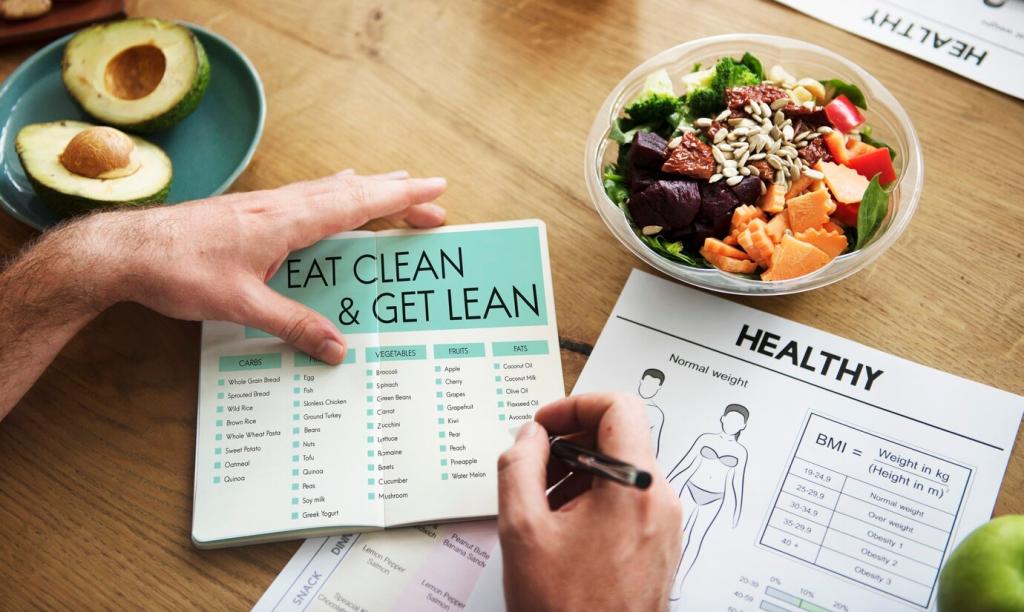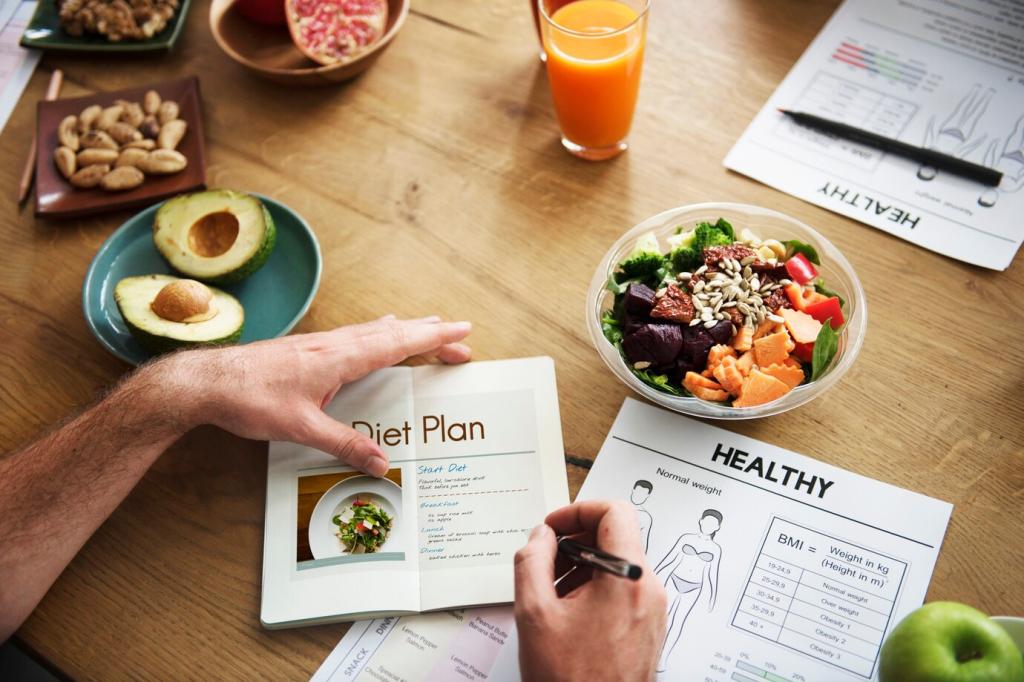Real-World Meal Planning and Travel Tactics
Cook double on light days: roasted potatoes, quinoa, grilled chicken thighs, and trays of vegetables. Assemble quick plates after sessions with a drizzle of olive oil and fruit. Drop your favorite batch-cook combinations so teammates can steal ideas and thrive.
Real-World Meal Planning and Travel Tactics
Keep a small pouch with gels, chews, salty crackers, a soft flask, and electrolyte tabs in your gym bag. Add peanut-butter packets and a banana. Reliable backups prevent skipped fueling when meetings run late or traffic snarls your warmup window.





